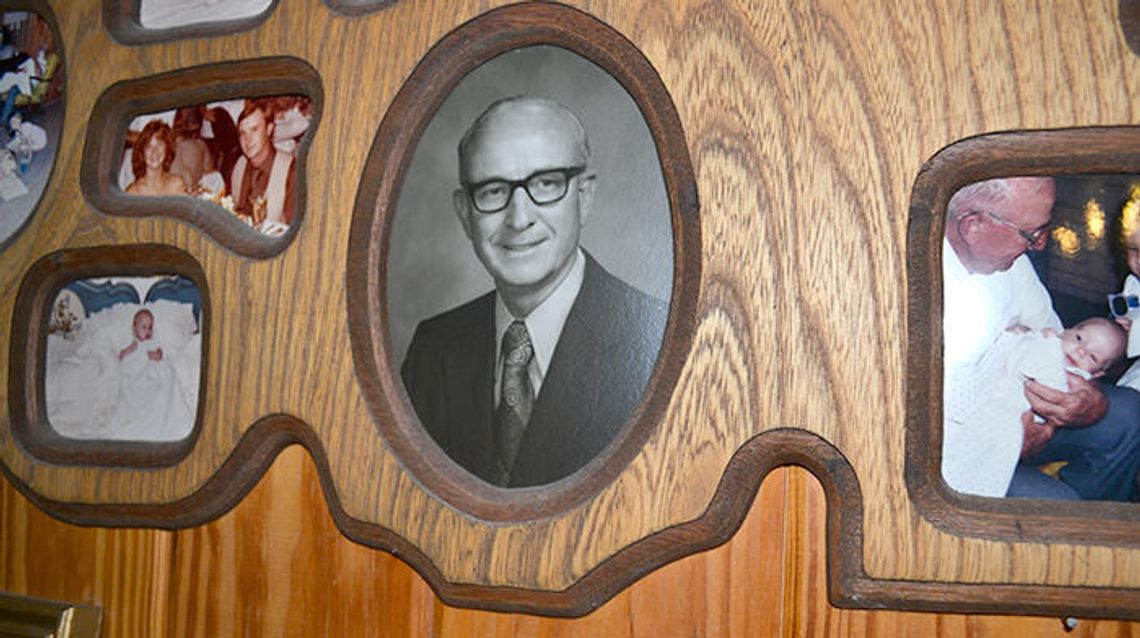[dropcap]L[/dropcap]ongtime resident Delvin J. “Red” Simon remembers when the eight miles between what were the Buda and Kyle High campuses wasn’t nearly enough separation.
Sure, Buda and Kyle High students and supporters expressed pleasantries when they passed each other on the street back in the day. When it came time to face off on the football field or a smoke-filled gymnasium, however, all bets were off.
“Buda and Kyle, when they were playing ball, it was like a dog and cat fight,” said Simon, who began serving on the Kyle school board in 1955.
PLEASE LOG IN FOR PREMIUM CONTENT. Our website requires visitors to log in to view the best local news.
Not yet a subscriber? Subscribe today!










